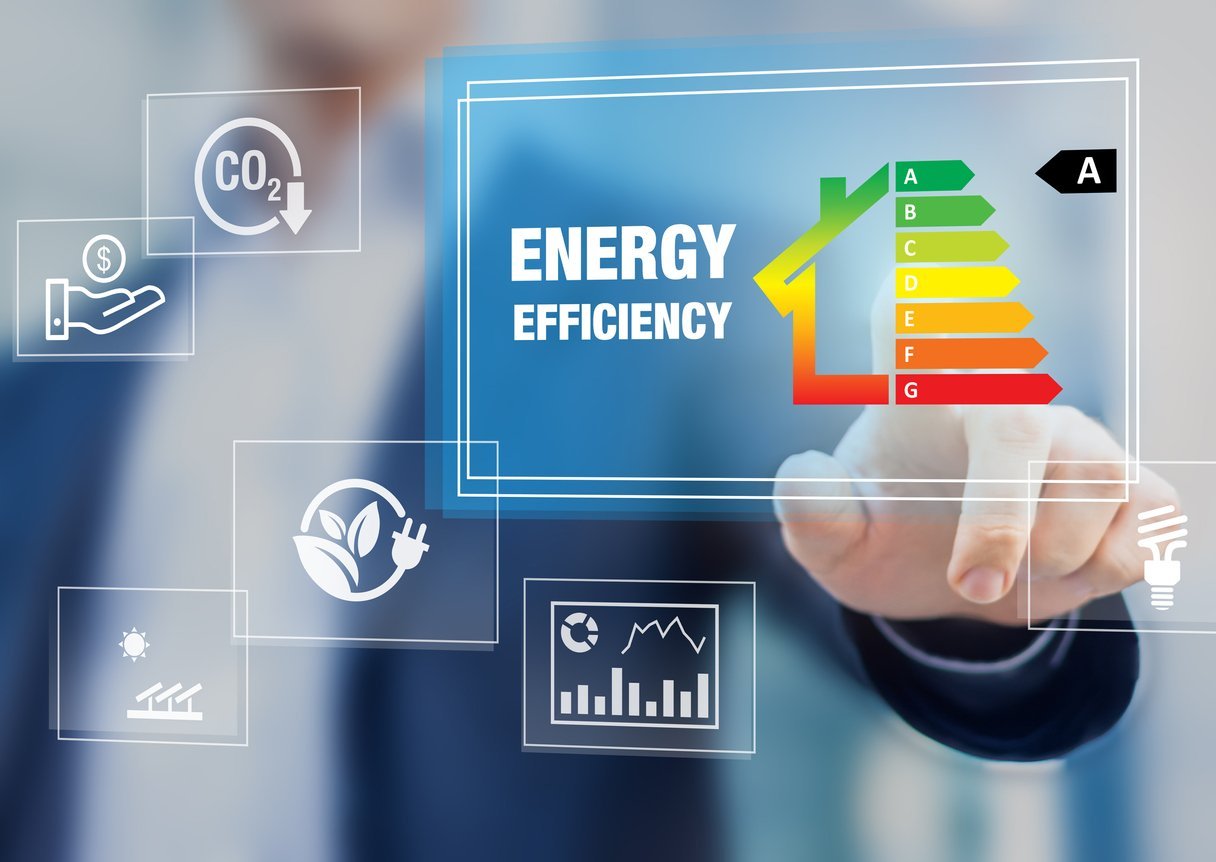Deep Energy Retrofits, Part 2
Embue has been working with a number of customers on deep energy retrofits and building electrification projects to boost energy efficiency and to reduce carbon emissions. This the second part in a series where we look at the projects and the technologies behind them. In part one of our series, we looked at what deep energy retrofits are and the reasons why they’re a huge investment opportunity.
Here, we’ll look at why real-time building analytics and whole building intelligence are a crucial part of a successful deep energy retrofit project.
Understanding the “old” building
The first step in any retrofit project is to establish the physical indoor conditions, and to obtain a good understanding of occupant behavior. Retrofit designs that take into account how a building operates and the preferences of the occupants are far more successful than those that don’t.
To begin, the most successful retrofit projects we see start with gathering and analyzing a number of important data points, including:
Physical conditions
Indoor temperature
Indoor humidity
CO2 levels
Occupant behavior
Thermostat setpoint history
Window open/close behavior
Occupancy data
It can be difficult to gather these types of data without technology in place, so customers often implement a building intelligence system connected to smart thermostats and sensors throughout the building before the retrofit begins. With the data gathered through whole building intelligence, owners and operators can gain critical information that will make the project more successful while also immediately saving energy and improving operations.
Tip: thermostats, sensors and networks should be intuitive, easy to install and cost effective.
Monitoring the “new” building
Once the retrofit work has been completed, it’s important to continue and even extend the use of building intelligence to monitor the performance of the whole building. Whole building intelligence monitors the new equipment, the environment, the new building envelope and how they all work together.
Building design is complex; retrofit design even more. If existing conditions are not well understood, post-retrofit performance may not match the design.
Humidity is an area of special concern. Before the retrofit, a building may have avoided high humidity problems in winter because it had high infiltration rates due to cracks and air leaks. After the retrofit, the mechanical ventilation must keep humidity and other air quality measures in safe ranges.
Temperature distribution and temperature extremes can also be a problem. Improved insulation, windows and leak sealing can make some rooms much hotter just through solar gain. In one project, Embue was able to identify which apartments were consistently over-heating, independently of resident behavior, from the first 60 days of data.
Many deep energy retrofits proceed in phases throughout a building so that a few residents at a time need to be relocated for two-to-four weeks. The data gathered through whole building intelligence can give the designers the opportunity to gain insights from post-retrofit monitoring of the first group of apartment renovations and, if necessary, adjust plans for the remaining units.
In the next blog post in this series we’ll see how building intelligence goes beyond monitoring and analytics to actually control the building to help it meet its design goals.

